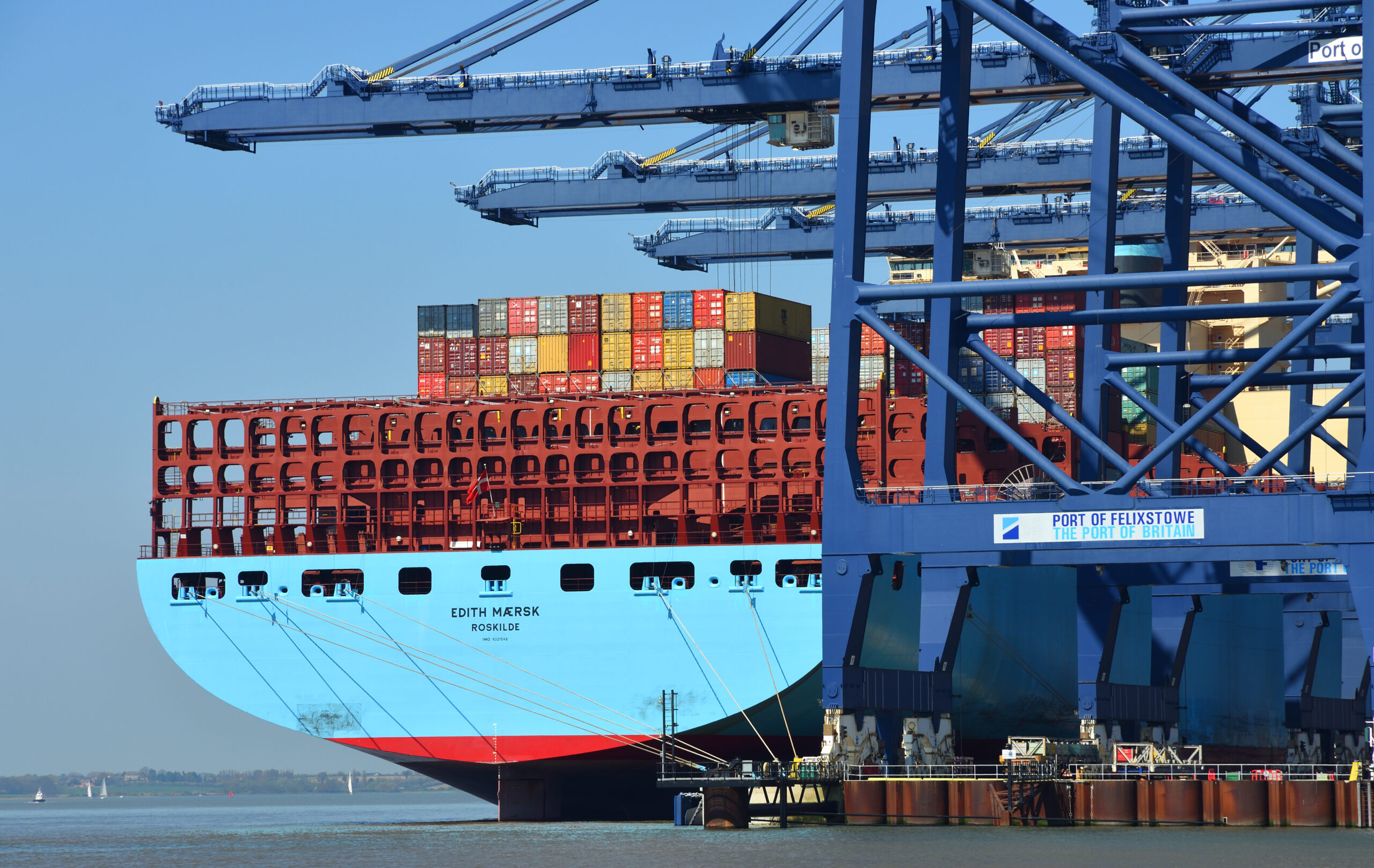California-based STAX Engineering and UK climate tech start-up, Seabound, have unveiled a fully integrated, barge-based emissions control and carbon capture system for vessels at berth. Successfully demonstrated at the Port of Long Beach, the new modular technology eliminates key pollutants and captures carbon dioxide directly from ship exhausts without the need for costly retrofits to ships or port infrastructure.
The demonstration, which serviced a Wallenius Wilhelmsen roll-on/roll-off (RoRo) vessel, is part of a broader initiative to tackle at-berth emissions, which are a persistent environmental challenge for port cities globally. The system integrates STAX’s mobile exhaust capture and filtration unit, which removes 99% of particulate matter and 95% of nitrogen oxides (NOx), with Seabound’s onboard carbon capture and storage (OCCS) module, which isolates and stores up to 95% of carbon dioxide and 90% of sulphur.
The entire setup is external to the vessel. A cap is placed over the ship’s exhaust funnel while docked at port, allowing emissions to be drawn off, filtered, and treated on a floating platform adjacent to the ship. This system enables operators to comply with regional and international air quality regulations without modifying their vessels or investing in permanent port infrastructure. The trials were independently validated by Yorke Engineering and funded by the California Air Resources Board (CARB) and South Coast Air Quality Management District (AQMD).
Founded in 2024, STAX has rapidly scaled its operations in California, providing at-berth emissions control across five ports and treating more than 16,000 hours of vessel exhaust. The company has announced plans for global expansion following a $70 million funding round earlier in 2025.
‘Today marks a landmark moment in our journey toward a zero-emissions future, and it’s just the beginning,’ said STAX CEO Mike Walker. ‘As we expand our carbon capture capabilities across the fleet, our inaugural partnership with Seabound has been instrumental. The growing demand from our customers reinforces our commitment to leading the maritime sector toward a more sustainable future.’
Seabound, launched in 2021, has emerged as a leading innovator in modular carbon capture technology for maritime applications. Following a successful pilot programme with Lomar Shipping and Hapag-Lloyd, during which approximately 80% of CO2 emissions onboard a 3,200 TEU container vessel were captured, Seabound plans to launch its first commercial-scale units later this year.
Alisha Fredriksson, co-founder and CEO of Seabound, commented: ‘Our partnership demonstrates that effective, scalable emissions solutions are a reality that we can implement now. Our collaboration with STAX proves that by leveraging innovative onboard carbon capture, we can make a tangible difference on a global scale and provide the maritime industry with the tools vital for a sustainable future.’
Last month, Associated British Ports (ABP) announced the incorporation of both companies into its Energy Ventures Accelerator, which aims to replicate the success of the Long Beach model at the Port of Southampton. ABP is targeting net-zero emissions across its operations by 2040.
There are still uncertainties surrounding the long-term scalability of this modular technology. However, the partnership offers an early indication that emissions control at berth, which has long been viewed as a complex and capital-intensive problem, may be solvable with portable and adaptable technologies.



